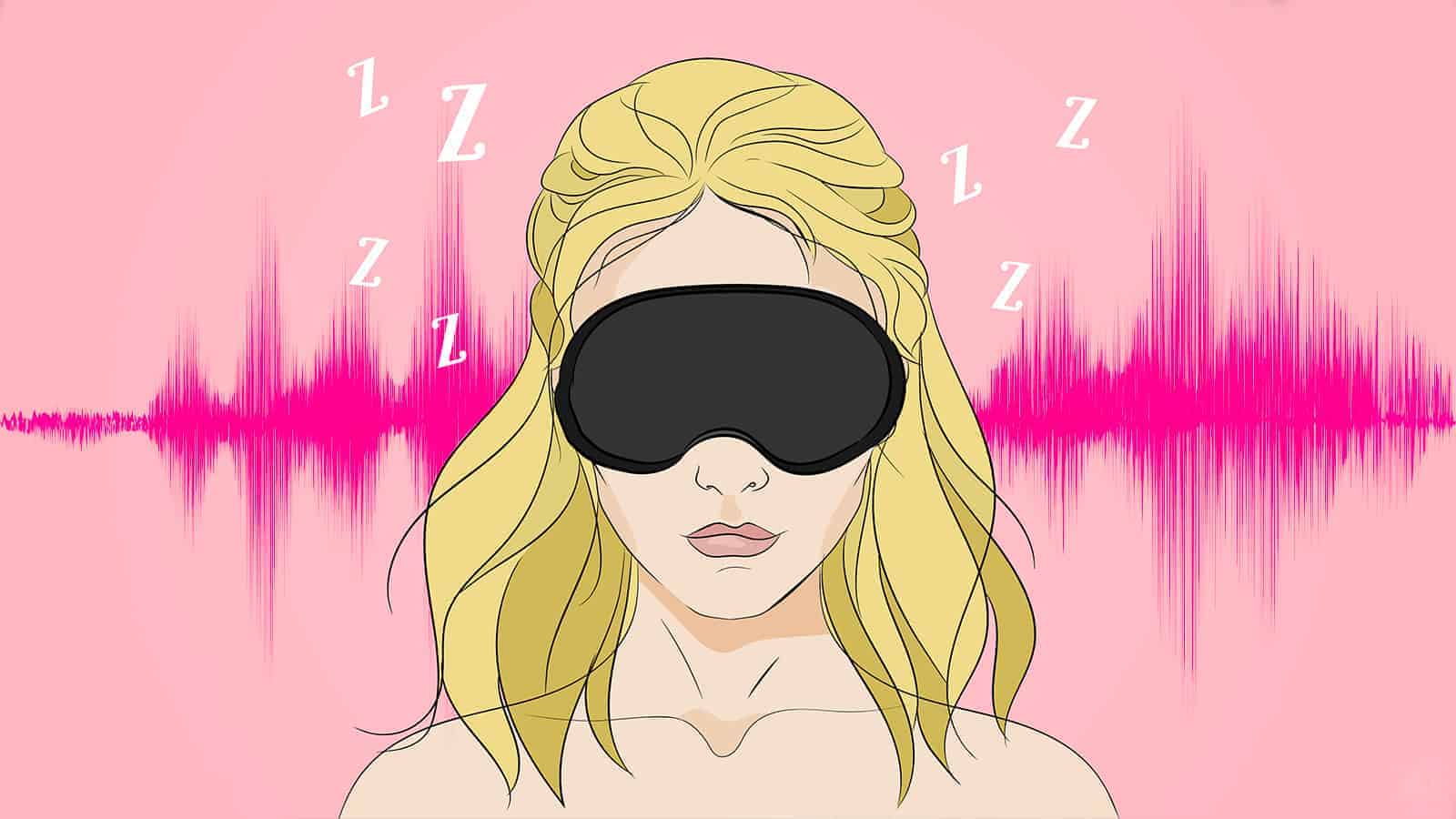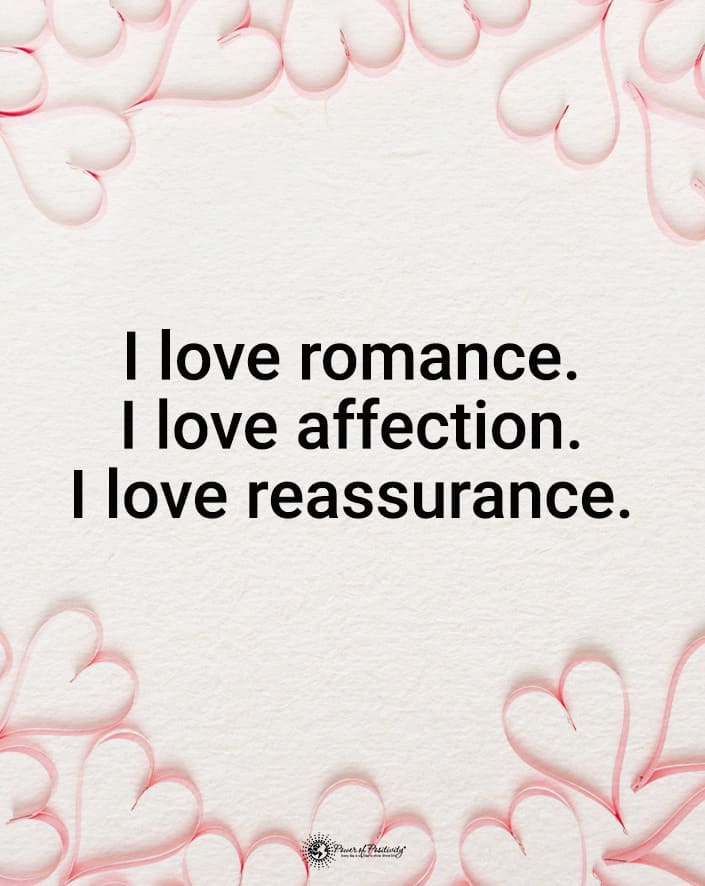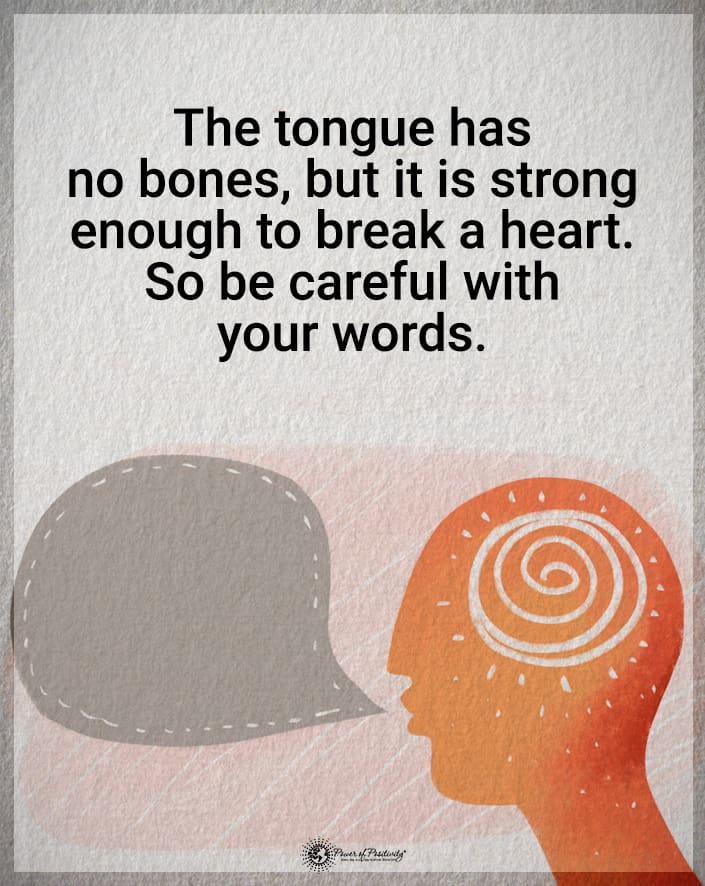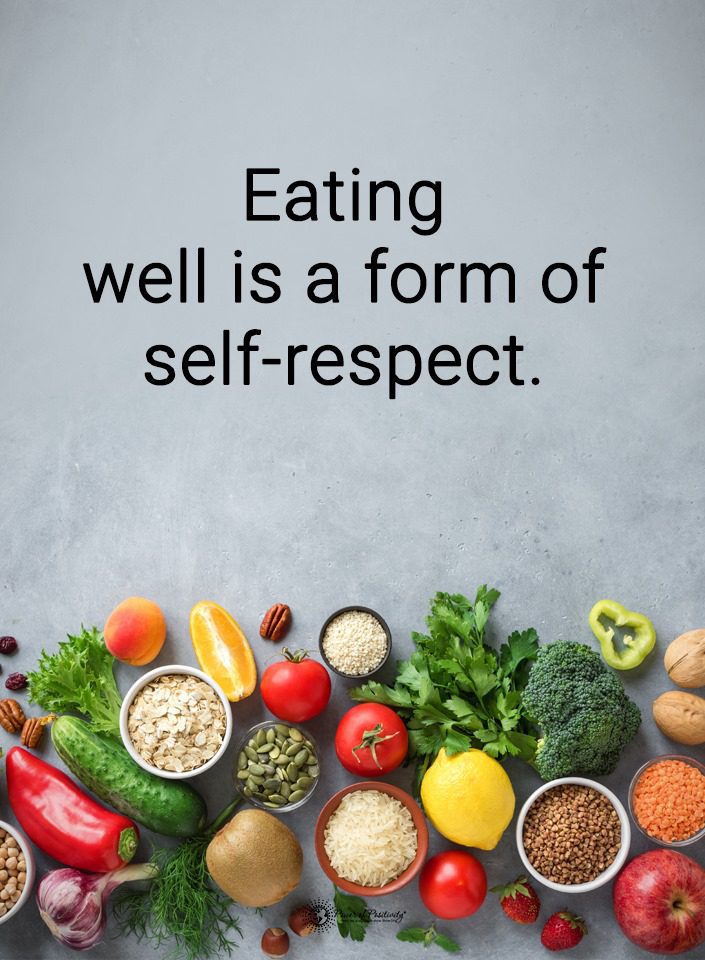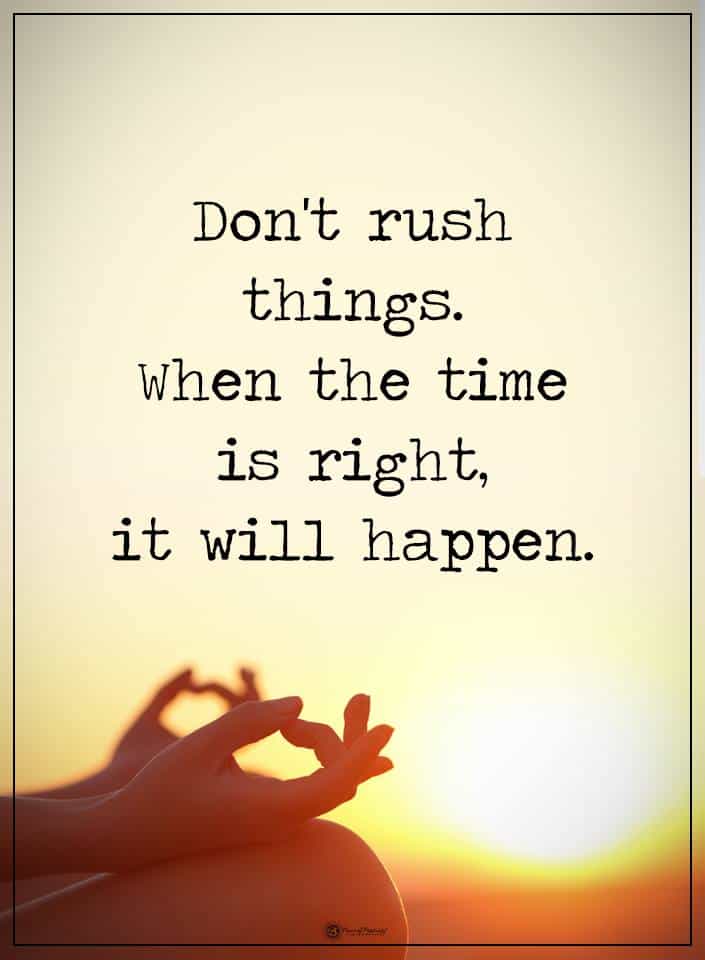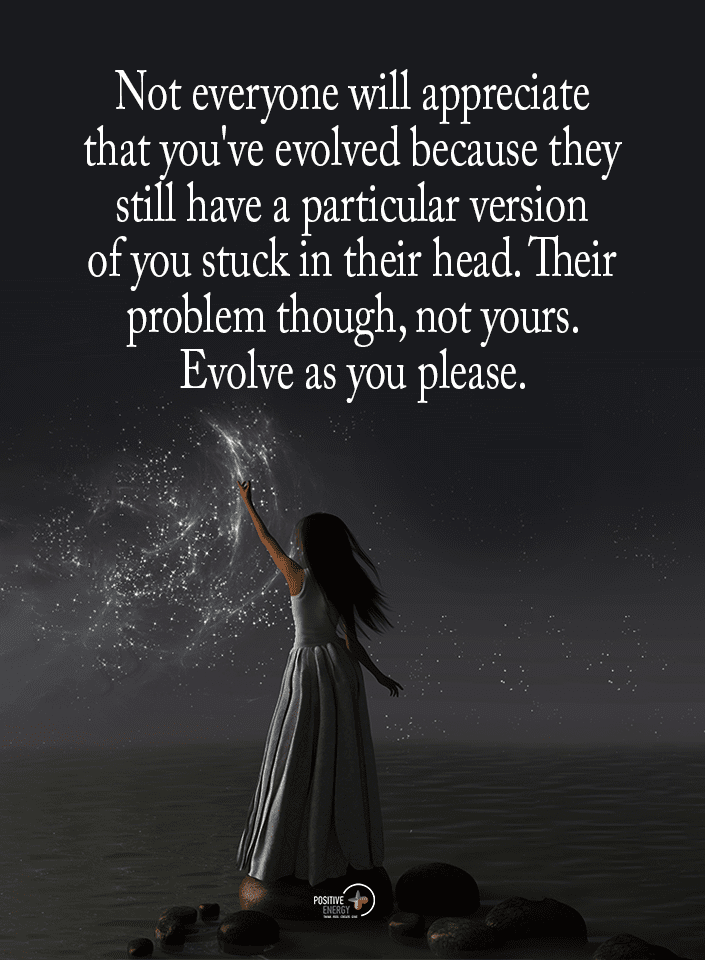You look in the mirror and see a hair sprouting from your…what?! Hair doesn’t usually grow there. You’re probably wondering what’s going on. Your daily grooming routine is probably the only thought that you usually give to your body hair.
Hair begins to form between the 2nd and 5th month before your birth. An adult male has approximately five million hair follicles. Of these, only one million are on the scalp, which leaves four million body hair follicles.
Body hair absorbs things that we put into our body. When it is analyzed, it can show excessive alcohol use, the use of banned substances, and mercury in our diet from the toxic fish that we eat.
Inside your body, changes can make hair grow faster, slower, change texture, change color, fall out or grow in places that it’s never been before. Let’s look at what your body hair is trying to tell you about your health.
7 Things Your Body Hair Reveals About Your Health
1. Too much hair
For women, suddenly becoming the bearded lady can be an unfortunate part of menopause. As your level of estrogen decreases in menopause, body hair grows in response.
Women who are younger can also grow facial hair in response to higher levels of testosterone, which women normally have in lower levels. You can ask your doctor to check your hormone levels to see if testosterone is the cause.
While your doctor is checking your hormone levels, have them check for higher insulin levels as well. High levels of blood insulin can also be a cause for hair growth. This type of body hair is associated with obesity. Hair growth can also be due to polycystic ovary syndrome.
2. Hair loss
Loss of hair on the head or body that results in baldness can be a result of Alopecia areata. Unfortunately, the cause of the disease is not known. It is believed to be an immune system response to inflammation but it could also have a genetic link.
Gradual hair loss is normal with age, particularly in men who have decreasing levels of testosterone. In a study of men who reported concerns with erectile dysfunction, 40% also reported less body hair. These men had abnormally high levels of prolactin, a hormone that is responsible for lactation in women, in their blood.
Hair loss on both your body and head can be a sign of either a low thyroid hormone levels or an iron deficiency. Blood hormone and iron levels can be easily checked by your doctor. Read our article on other signs of a hormone imbalance here.
3. Coarse body hair
Coarse, dry hair can be one of several signs of hypothyroidism, where too little thyroid hormone is being produced by the pituitary gland. Have your thyroid hormone levels checked by your doctor if you are concerned about thyroid problems.
4. Fine body hair
Fine body hair that grows where there was no hair before can be a sign that someone is severely underweight or anorexic. The body is trying to warm itself by producing more hair in response to the lack of body fat. Hair may also fall out due to the lack of nutrients that an underweight person is getting.
5. Body hair color changes
You know that most aging adults get gray hair on their head. You just didn’t expect that you would find grey hair elsewhere. It is normal for your eyebrows, eyelashes, beard, and body hair to follow suit as you age.
Lack of Vitamin B-12 can also lead to early graying of the hair. Overactive or low thyroid hormone can also influence early white or grey hair to develop. Your medical professional can do a blood test to check your vitamin and hormone levels.
6. Hair stops growing
Most body hair stops growing when it reaches a pre-determined length. Body hair does not continue to grow like the hair on your head. The length of your body hair is determined by your genetics.
A lack of circulation to your lower extremities can cause hair that is removed, for example from shaving, to stop growing back. A pattern of hair removal from waxing, depilatory creams or shaving can cause body hair to return more slowly or stop growing altogether.
7. Hair breakage
Brittle hair that has a weak shaft is susceptible to breakage or splitting. Brittle hair can be caused by a deficiency in sulfur. After calcium and phosphorous, sulfur is the third most important mineral for us to get through a healthy diet.
Healthy hair contains keratin which is made of flexible sulfur bonds. As we age, the flexibility in these bonds breaks down so we lose some of the flexibility that our hair once had. Hair breakage on both scalp hair and body hair is a result of the aging process.
One study found that the negative health effects that were thought to be caused by protein deficiencies, especially in older adults, might actually be a result of sulfur deficiency. Sulfur is used by the body to create proteins. Sulfur is also necessary for the liver to detoxify the body.
You can increase your dietary sulfur to help prevent hair breakage by eating brussel sprouts, kale, asparagus, legumes, garlic and onions. You can also supplement with sulfur by taking Methylsulfonylmethane (MSM), which helps reduce inflammation in the body.

